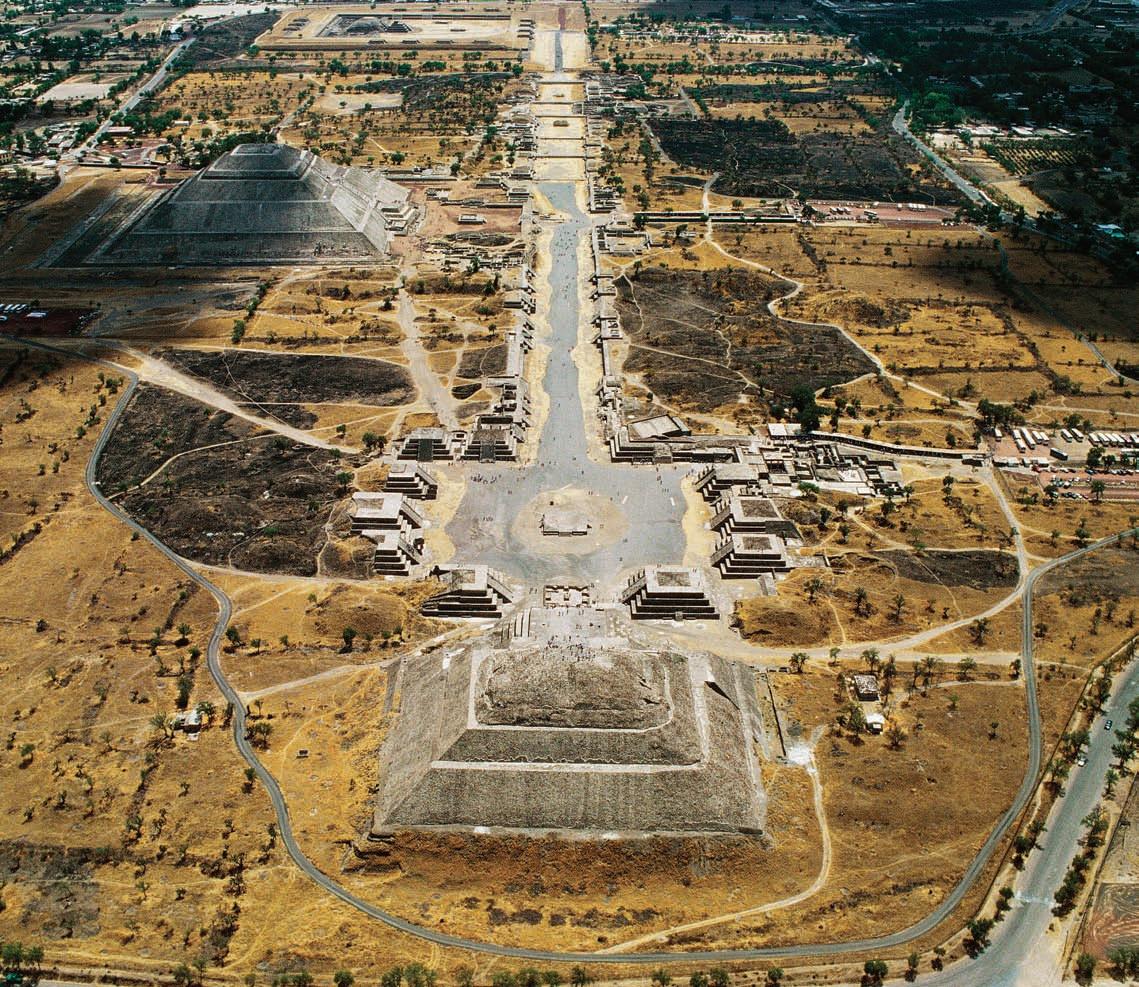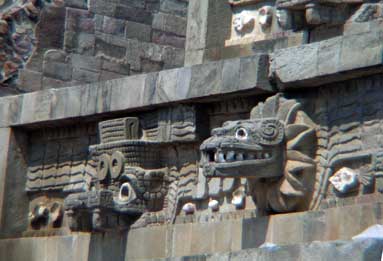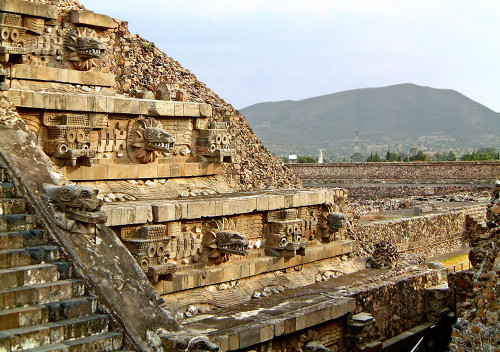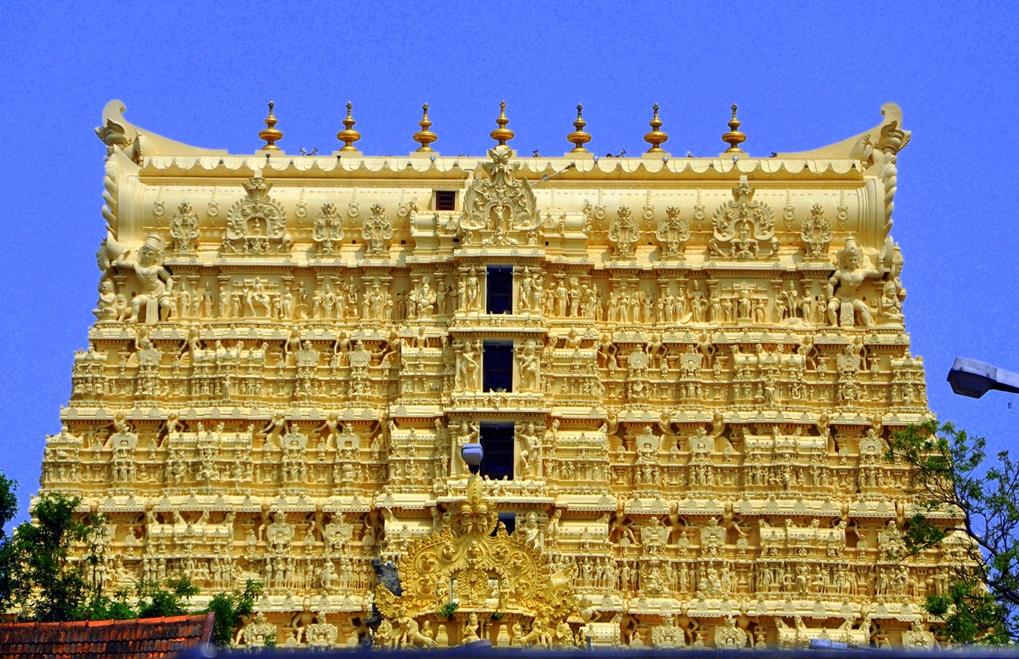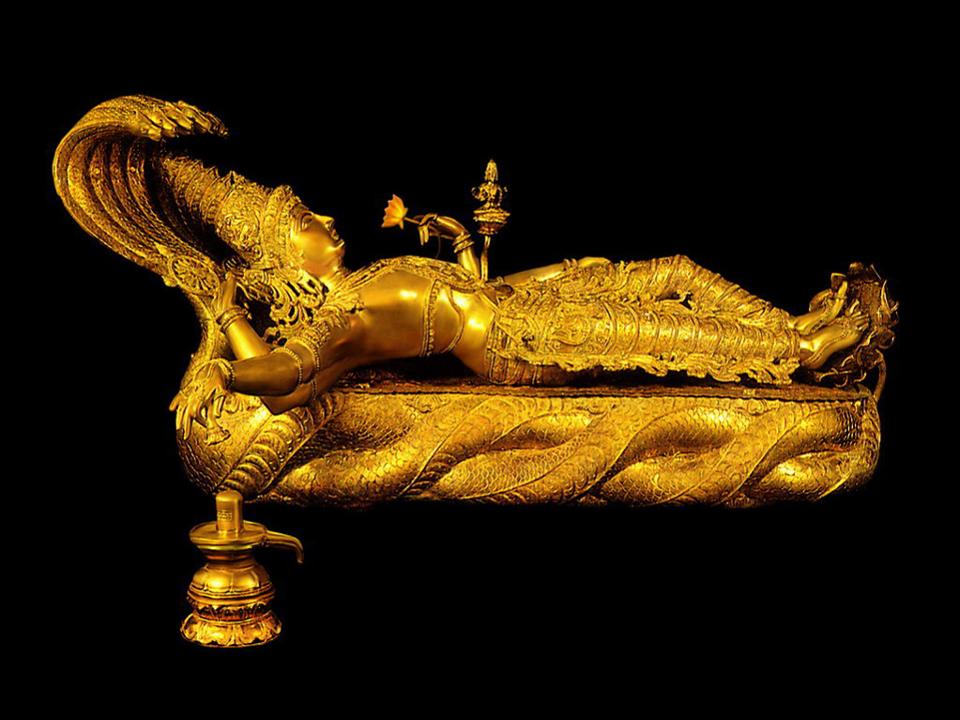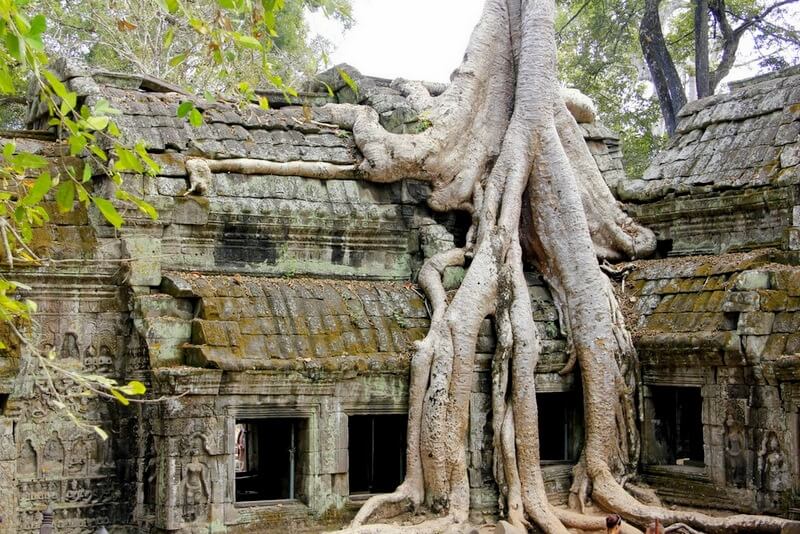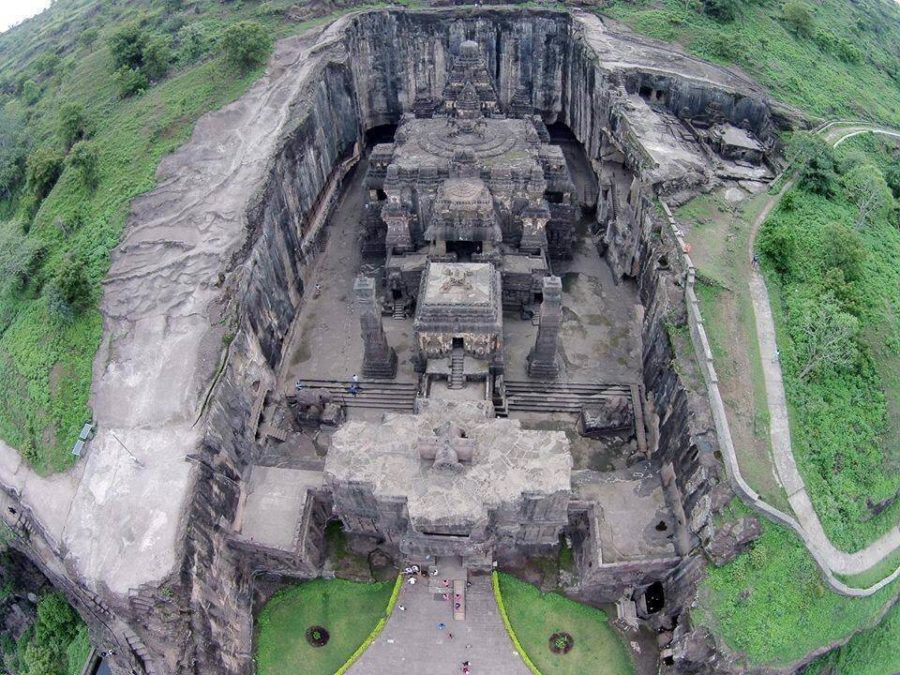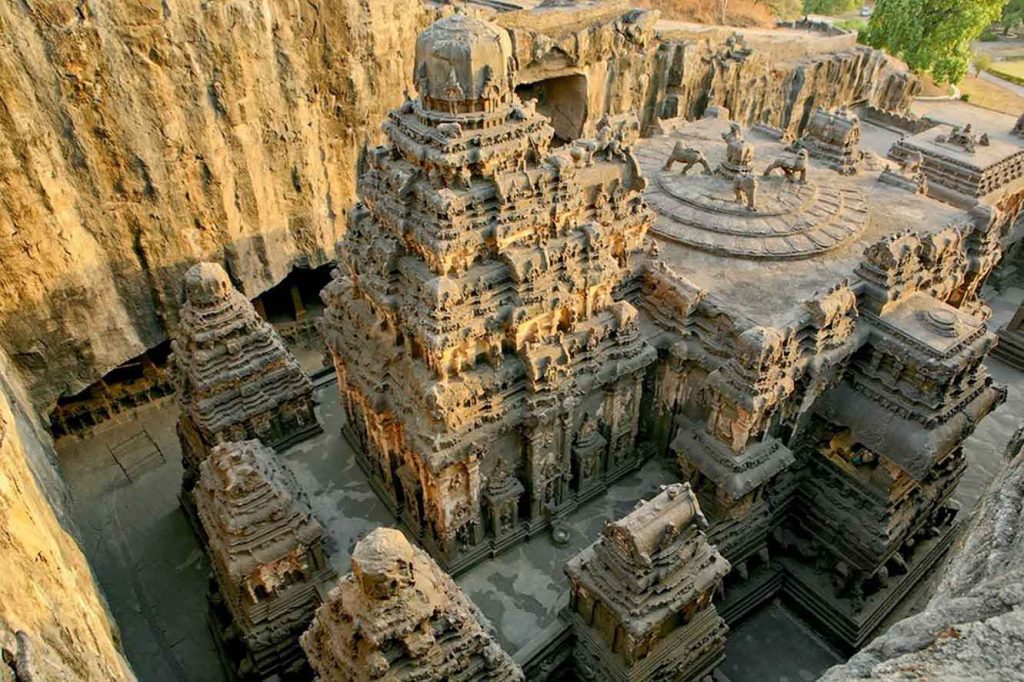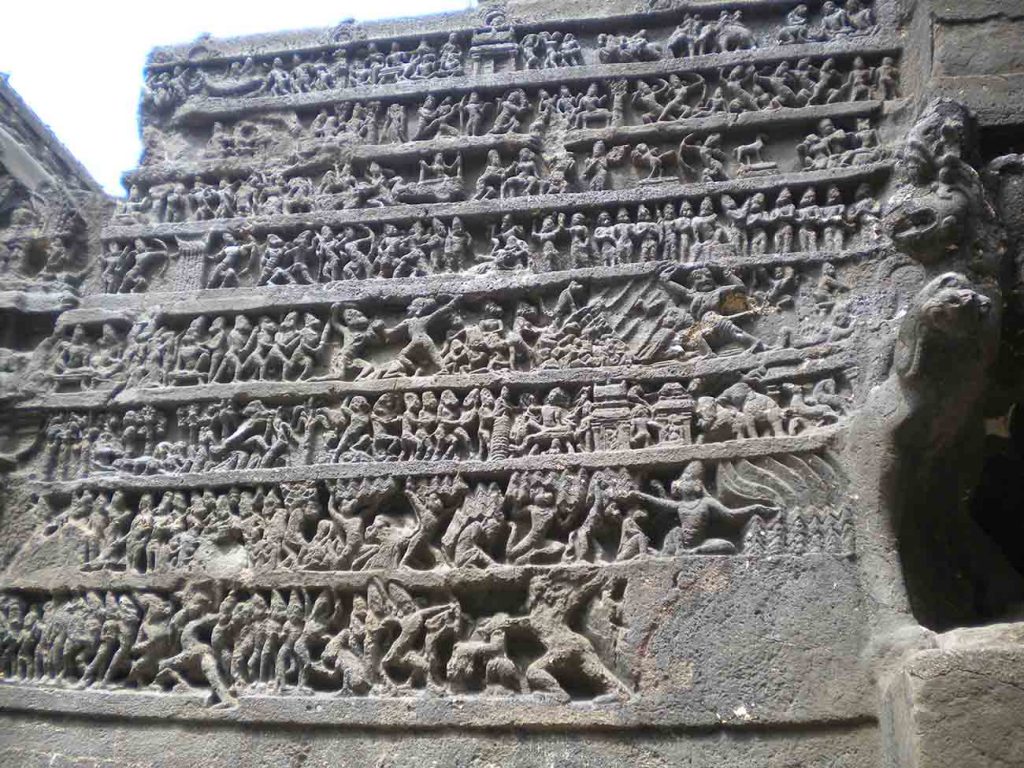The Most Mysterious Ancient Temples Ever Built
/Ancient temples are structures that served spiritual or religious purposes for our ancestors who practiced certain old religions like Hinduism or Buddhism. Countless of these ancient temples, which have been built centuries and even thousands of years ago, can be found in different parts of the globe. While these structures are highly-regarded today for their stunning beauty and their cultural significance, there are those among us who see these temples mainly as an enigma.
Some experts in history and archaeology are impressed at the obvious complexity required to build these ancient temples. And considering that they were made at a time when people did not have the luxury, efficiency and precision of modern technology, it is a wonder how our ancestors achieved such a feat that some consider being next to impossible.
However, aside from the glaring question of how these ancient temples were built, these structures are also a subject of several other mysteries involving their origins, the real and unknown purpose of their construction, and so much more.
And so for this video, let’s talk about five (5) of the most mysterious ancient temples ever built on Earth.
#1 — The Konark Sun Temple in India
Situated in Orissa, India, this 13th-century Sun Temple is said to have been built by King Narasimhadeva I of the Eastern Ganga Dynasty back in 1255 C.E. What’s interesting about this temple complex is that it is constructed to emulate the shape of a massive chariot, and the temple’s 24 elaborately carved wheels which are pulled by seven horses are some of its most distinctive features. These wheels are believed to function as sundials, which can be utilized in the precise and accurate calculation of time through the shadows cast by the wheels’ spokes.
The majority of the Konark Sun Temple is now in ruins, and local legend asserts that the collapse of the main sanctum was caused by the extraction of the 52-ton magnetized rod located at its center. They also say that this large magnet allowed for the mid-air levitation of the sun temple’s main statue.
#2 — The Temple of the Feathered Serpent Temple in Mexico
This is the third largest pyramid in Teotihuacan, a pre-Columbian cultural complex located in central Mexico. The temple’s construction dates back to 200 AD, and its six-level step pyramid is made from hundreds of sculpted stone blocks and largely features the earliest-known representations of a Mesoamerican “feathered serpent” deity, often associated with the Aztec god Quetzalcoatl.
The Temple of the Feathered Serpent Temple is filled with many mysteries, the most notable of which is the discovery of more than a hundred sacrificial burials at the site. It is believed that these victims were sacrificed as a dedication of the temple, and the way the bodies were grouped and buried has been the subject of much speculation. In 2011, researchers from the National University of Mexico also found a tunnel network under the temple, some of which lead to sealed funeral chambers believed to contain the remains of the early rulers of Teotihuacan. Then in 2013, a team of archaeologists found hundreds of gold metallic spheres in two of the chambers beneath the pyramid, but the meaning behind them remains unknown to this day.
#3 — The Shree Padmanabhaswamy Temple in India
Situated in Thiruvananthapuram, India, this Hindu temple is dedicated to Vishnu, the “preserver” among the principal deities of Hinduism. It is considered to be the richest Hindu temple on the face of the earth as its underground vaults have been found to contain gold and jewels amounting to around $22 billion.
Out of several vaults, one special vault referred to as “Vault B” remains unopened and is probably the most mysterious chamber in the Padmanabhaswamy Temple. The entrance to the vault is sealed with an iron door with two large cobra-like structures guarding it. They say that beyond Vault B, there is a hidden inner chamber with walls made of solid gold and is believed to contain undiscovered treasure that could be worth at least $1 trillion. However, many are against opening this vault as doing so without saying the correct mystic chant would purportedly result to the descent of great misfortune upon mankind.
#4 — The Angkor Wat in Cambodia
Also known as the “Capital Temple,” this temple complex in Siem Reap, Cambodia was built in dedication to the Hindu deity Vishnu by the Khmer King Suryavarman II in the early 12th century before it eventually transformed into a Buddhist temple. This site is regarded as the largest religious monument on the planet, spanning more than 400 acres and is filled with several buildings including a three-level pyramid with nine towers that exceed 60 meters in height.
The pyramid is said to represent Mount Meru, a mythical mountain in Hindu mythology believed to be the “home of the gods.” Interestingly, myths about the site also say that the temple was strategically built to be in harmony with the universe, with some suggesting that the Angkor Wat served several astronomical purposes. Another fascinating feature of the Angkor Wat is its numerous depictions of apsaras - or female spirits - and devatas - or lesser deities, with more than 1,796 depictions of devatas found in different parts of the temple.
These details about the temple complex are some of the reasons why some people cannot shake off the belief that the Angkor Wat is a replication or depiction of a distant world where powerful and enlightened beings that once roamed and ruled the Earth come from.
#5 — The Kailasa Temple in India
Also known as the Kailasanatha Temple, this ancient Hindu temple is one of the 32 structures of the famous Ellora Caves in Maharashtra, India. The temple is also one of the biggest ancient architectural monuments in the world that was carved out of a “megalith” or a single, massive rock. Its construction is generally believed to have been commissioned by the Rashtrakuta king Krishna I sometime in the 8th century CE although other experts suggest that the Kailasa temple along with the other structures that make up the Ellora Caves are much older.
What fascinates most people about the Kailasa Temple is the manner in which it was constructed. Referred to as “vertical excavation,” they say that to build this ancient structure, carvers of the time had to start at the top of the megalith and work their way downward, which is no easy feat, especially when you consider the complexity and scale of the structure. Thousands of tons of rock had to be excavated and carved out, so it is a wonder how this was achieved with the primitive tools available at the time such as hammers, picks and chisels.
Even if we set aside the consideration that our ancestors may have possessed superior technology, or that these sites may have been built in honor of powerful ancient extraterrestrial beings that once visited the Earth and ruled humanity in the distant past, it cannot be denied these ancient temples are, more importantly, testament to the possibility that our ancestors are truly far more capable of doing amazing things than we give them credit for.
The Kailasa Temple, the Angkor Wat, and many other ancient structures are immortalized demonstrations of what mankind can achieve when people put together their minds, hearts and hands in working towards the accomplishment of a goal or an ideal that is much bigger than themselves.
SOURCES:
https://www.ancient-code.com/ancient-engineering-wonders-4-of-the-most-mysterious-ancient-temples-ever-built/
https://en.wikipedia.org/wiki/Konark_Sun_Temple
https://en.wikipedia.org/wiki/Temple_of_the_Feathered_Serpent,_Teotihuacan#Burials_at_the_pyramid
http://www.ancient-origins.net/news-archaeology/hundreds-mysterious-spheres-discovered-beneath-temple-mexico-00400
https://www.forbes.com/sites/jimdobson/2015/11/13/a-one-trillion-dollar-hidden-treasure-chamber-is-discovered-at-indias-sree-padmanabhaswam-temple/#41a51b01ba6a
https://en.wikipedia.org/wiki/Padmanabhaswamy_Temple
https://en.wikipedia.org/wiki/Angkor_Wat
http://www.ancient-origins.net/ancient-places-asia/mysteries-angkor-wat-00310
https://en.wikipedia.org/wiki/Kailasa_temple,_Ellora
https://www.ancient-code.com/10-mind-boggling-images-kailasa-temple-prove-ancient-advanced-technology/

